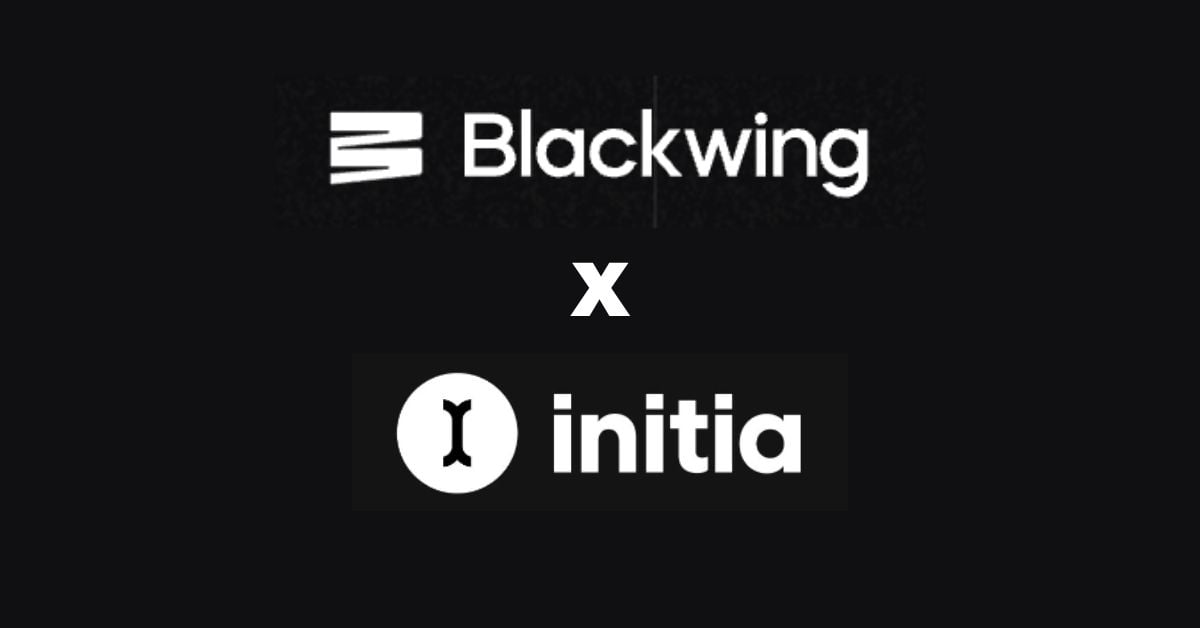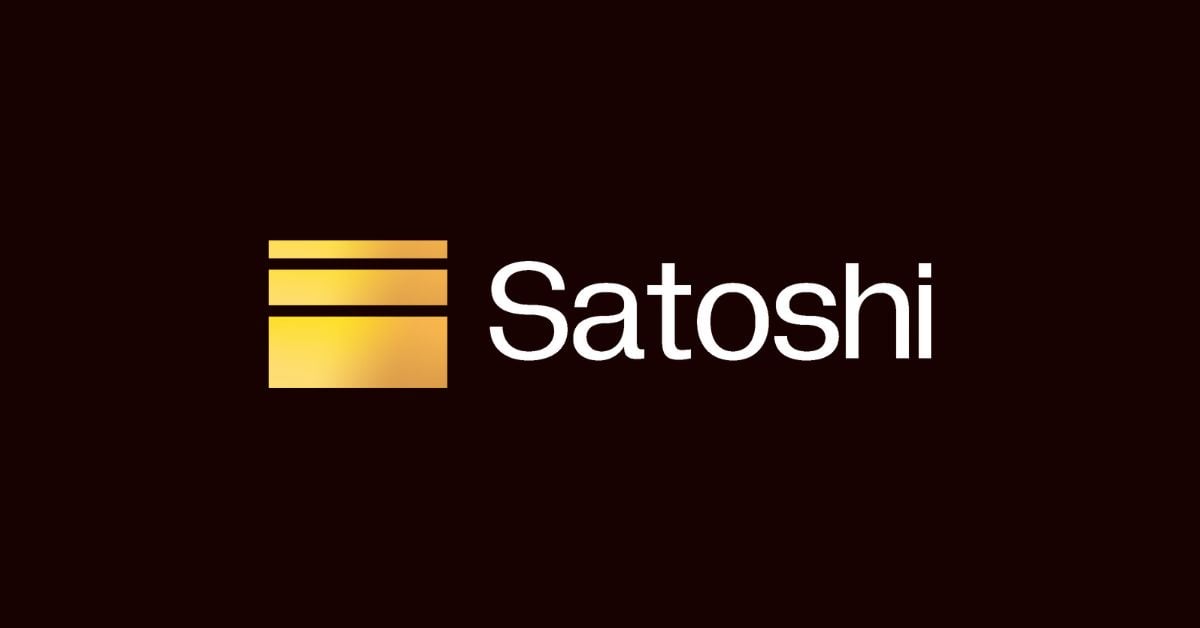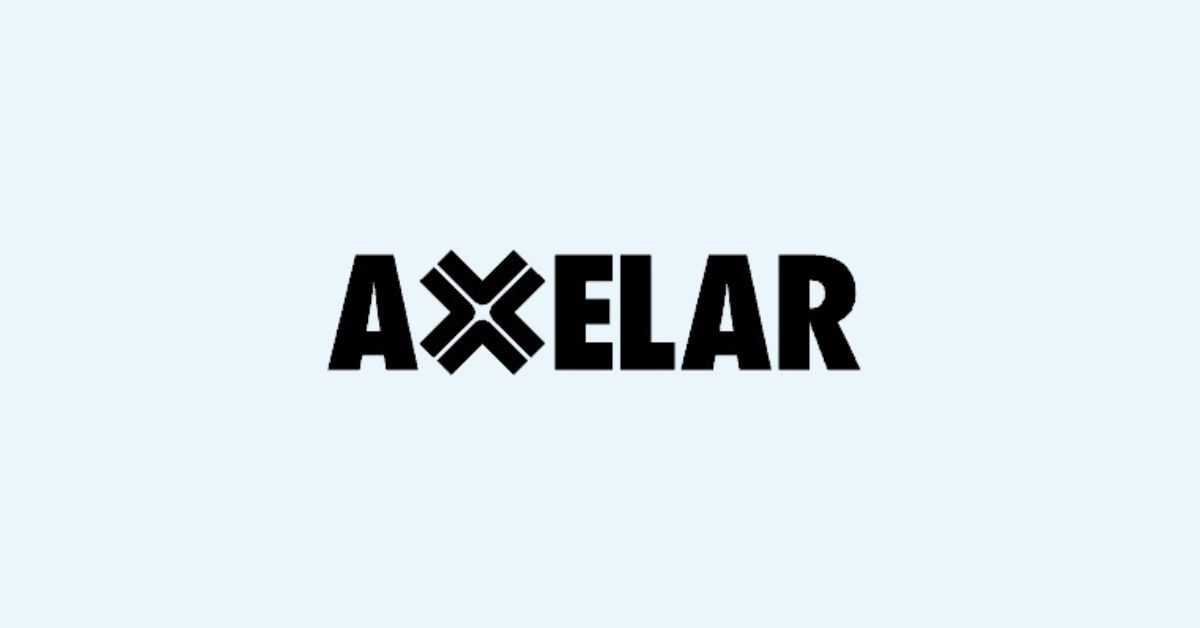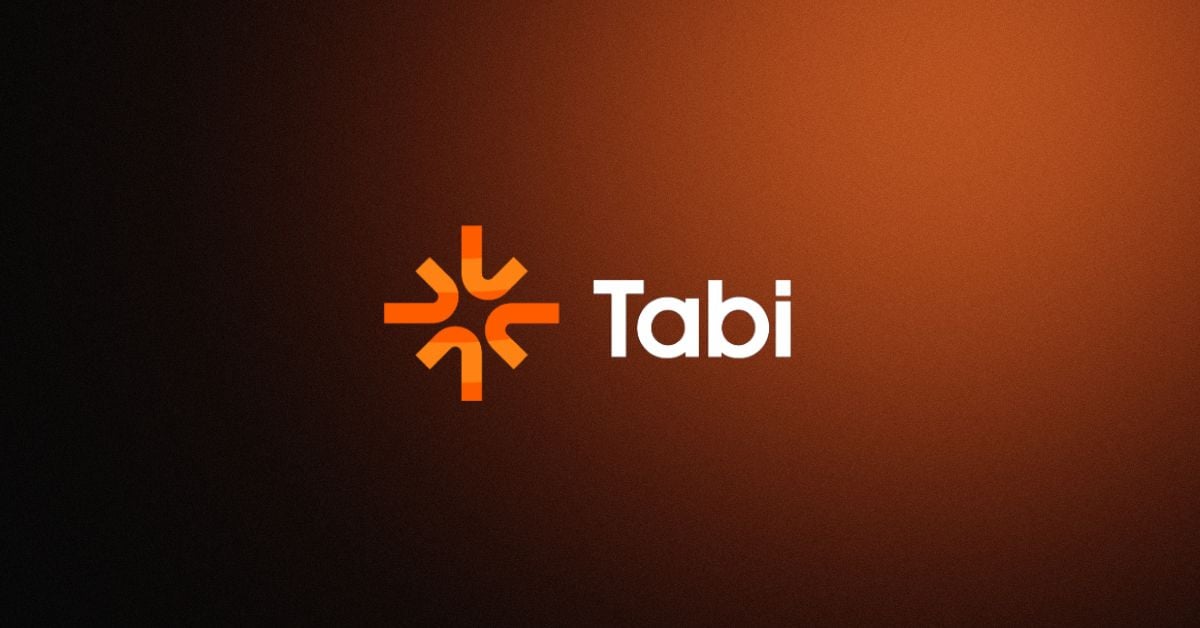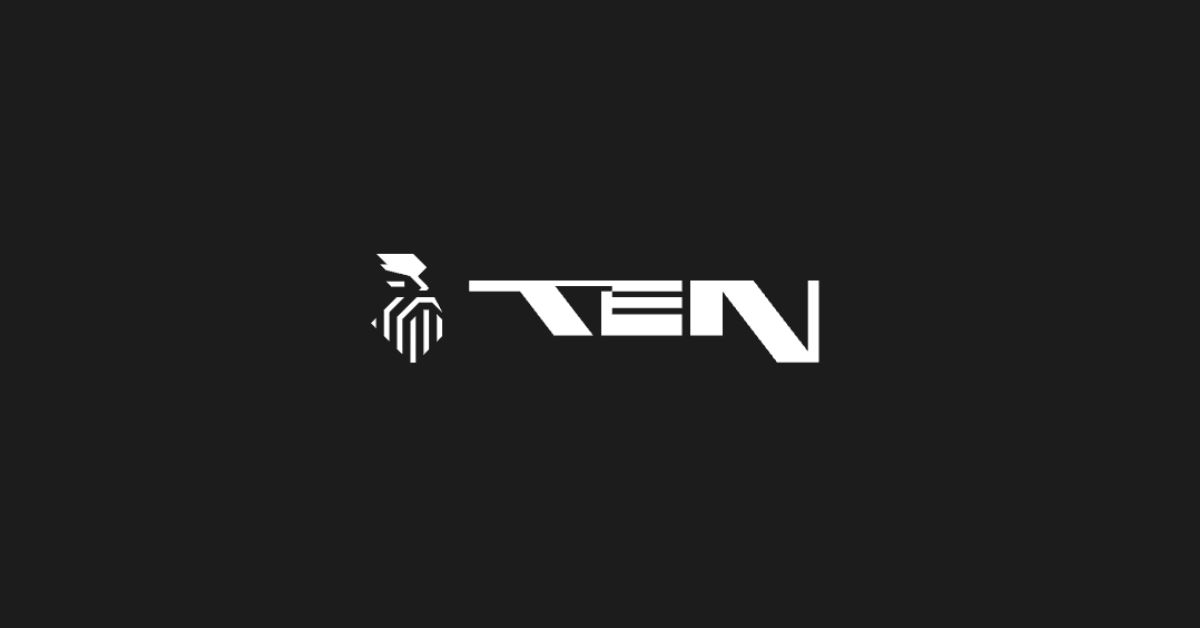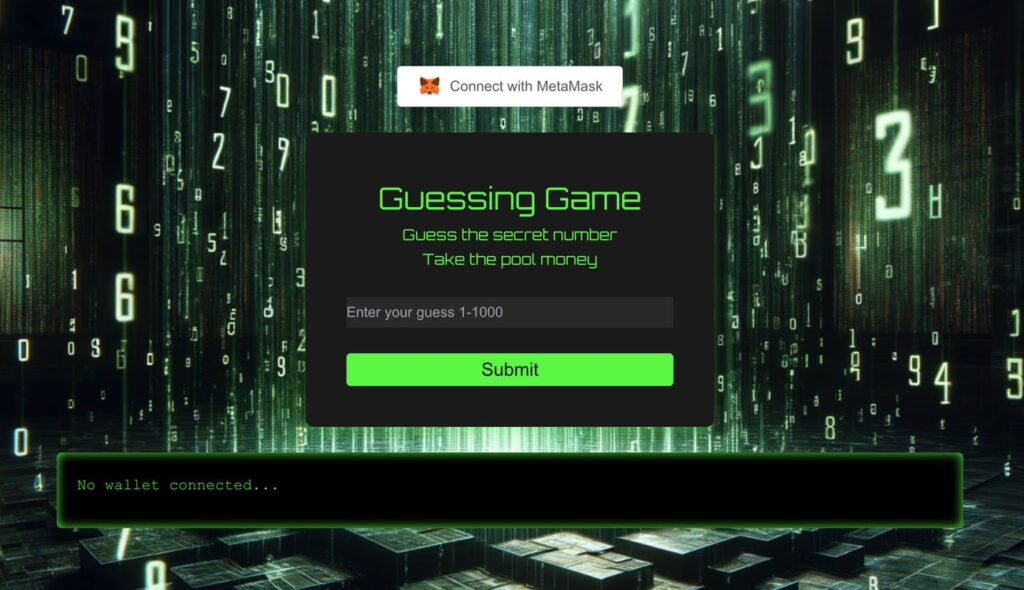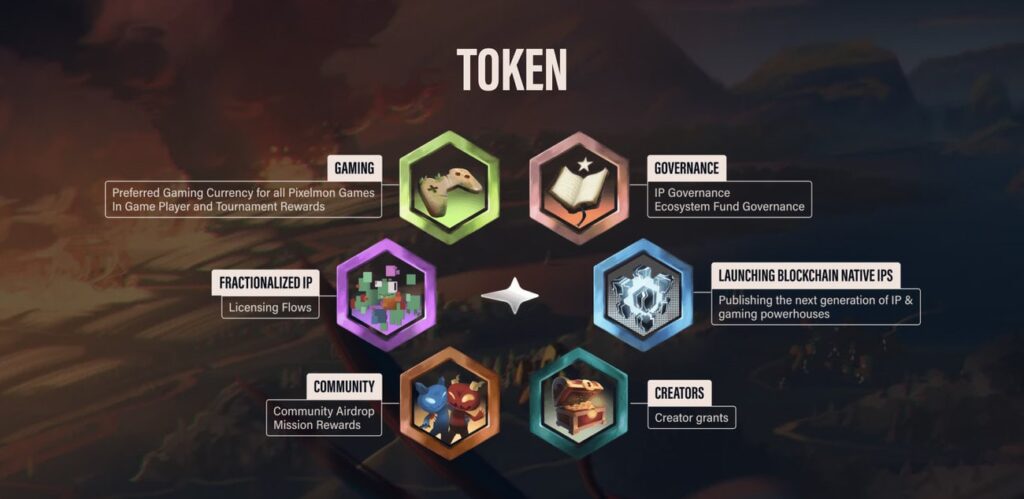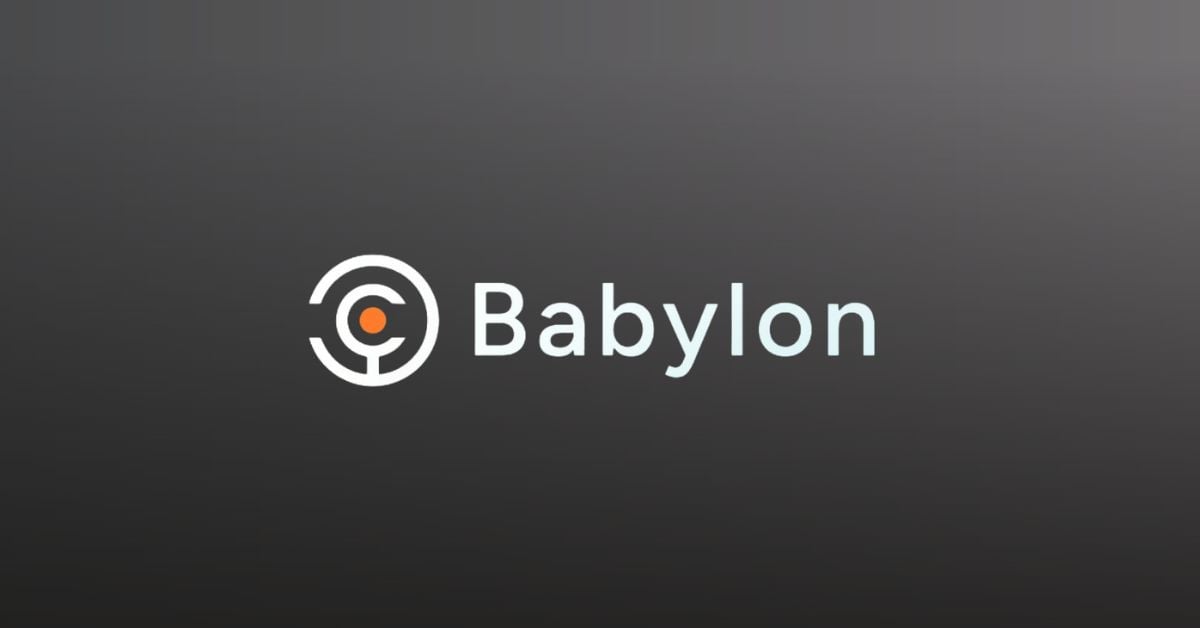Blackwing and Initia will be launching their own incentivized testnet soon. So, it is important to keep these two projects on your radar! Currently, Blackwing has an onboarding task which you can complete in order to prepare for the upcoming testnet launches. Here is our Blackwing x Initia double token airdrop guide.
Check out our step by step guide!
What is Initia?
Initia is a network for interwoven rollups aiming to solve problems related to modular blockchains. It helps address data availability issues for Layer 1 blockchains by focusing on executions and reducing the need to store additional data. Initia acts as a solution for fragmentations within modular blockchains, aiming to streamline the user and developer experience by simplifying complexities and barriers. It is positioned as a network that assists modular blockchains which, in turn, help Layer 1 blockchains.
They have recently secured a $7.5m seed fundraise led by Delphi Ventures and Hack VC. Initia is also backed by Binance Labs.
What is Blackwing?
Blackwing is a modular blockchain for margin trading built using Initia. It allows users to trade any asset natively without the risk of liquidation. Here are the main features of Blackwing:
- Innovative Trading: Blackwing is a blockchain platform that offers liquidation-free leverage trading for a wide range of assets, focusing on those with high growth potential.
- Limitless Pools: It introduces a novel feature called Limitless Pools, enabling users to trade with leverage without the risk of liquidation.
- Cross-Chain Functionality: Utilizing modular infrastructure and Initia as a foundation, Blackwing allows seamless leverage trading across different blockchains.
- Community-Centric: With a strong emphasis on community experience, Blackwing aims to provide the best trading conditions, including asset variety, low fees, and fast execution.
How to get the Blackwing x Initia double token airdrop?
Here’s a guide on how to get the Blackwing x Initia double token airdrop?
- Go to Blackwing using an invite code
You will need an invite code to get into Blackwing. Here’s a few you can use:
https://blackwing.fi/stkeaq
https://blackwing.fi/safav7
https://blackwing.fi/pmcowe
https://blackwing.fi/jgyzvu
https://blackwing.fi/ajt67i - Complete tasks and sign up for airdrop
On Blackwing, connect your Twitter account and email, join their telegram and sign up for the airdrop. Note you should complete all the tasks in order to get the maximum number of Blackwing XP points.
- Deposit on Blackwing
To get the base BXP airdrop reward you will be required to deposit some funds onto Blackwing. Note as the incentivized testnet is not launched yet you will be depositing real funds in this task. Choose between Binance Smart Chain, Arbitrum and Ethereum mainnnet. We recommend Arbitrum as this costs the least gas fees. Then choose the type of asset you wish to deposit and the amount. You will earn 11 Blackwing XP points for completing this task.
- Share invite code
Go to https://blackwing.fi/earn to find your invite codes and share it with your friends. You will earn 10 Blackwing XP points for each invitee that deposits at least 10 USD worth of cryptoassets. You will also get an additional 10% of your 1st degree invitee’s BXP yield and 5% of your 2nd degree invitee’s BXP yield.
- Complete Blackwing Galxe tasks
Go to https://galxe.com/Blackwing/campaign/GChektwfN1? and complete the social tasks to mint OATs.
- Stay tuned for more updates
Both Blackwing and Initia have mentioned they will launch their incentivised testnet in Q1 2024. Therefore, you should watch their social media accounts for the latest details of any launches as this will mean you can be the first ones to complete any testnet tasks in order to get their potential airdrops.
